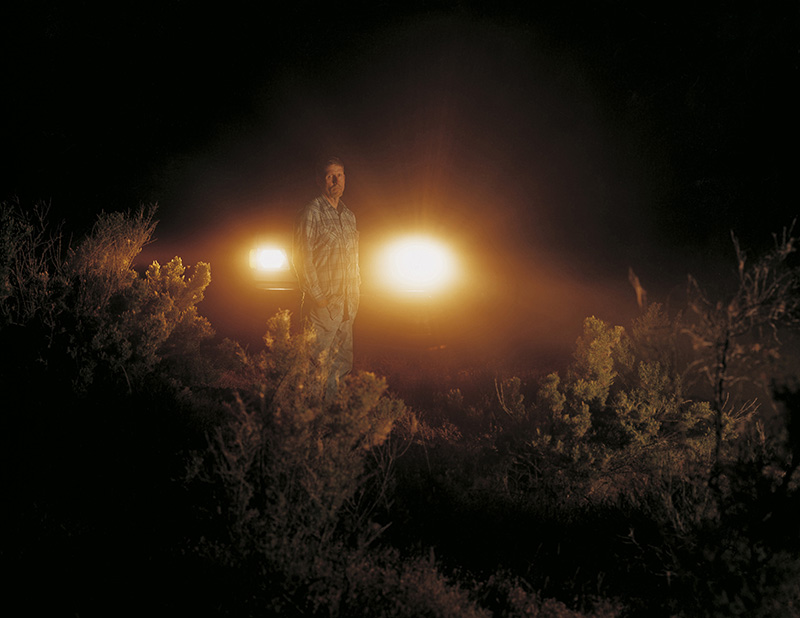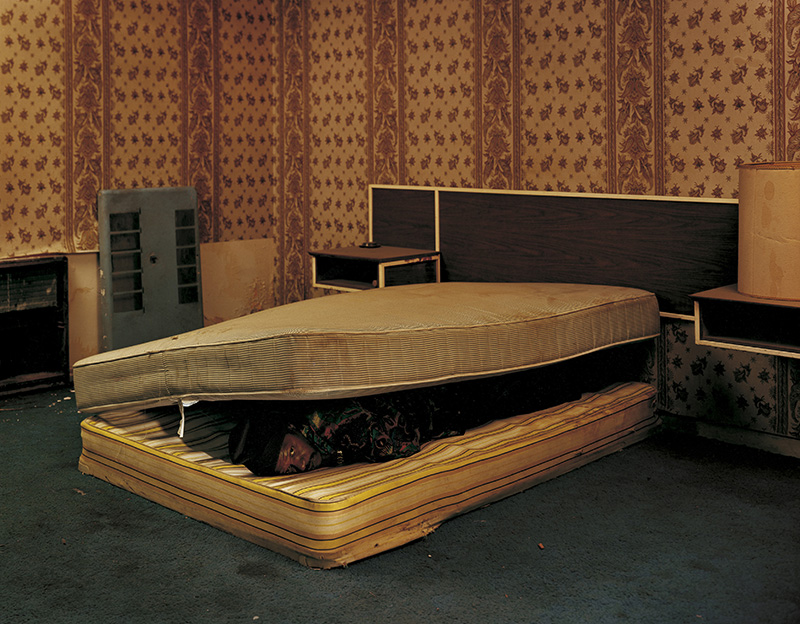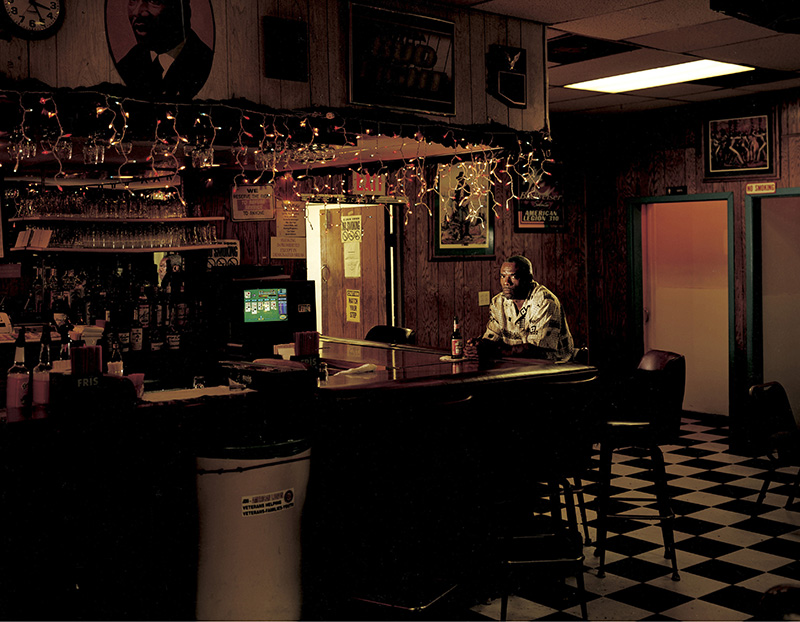ART-PRESENTATION: Taryn Simon-The Innocents
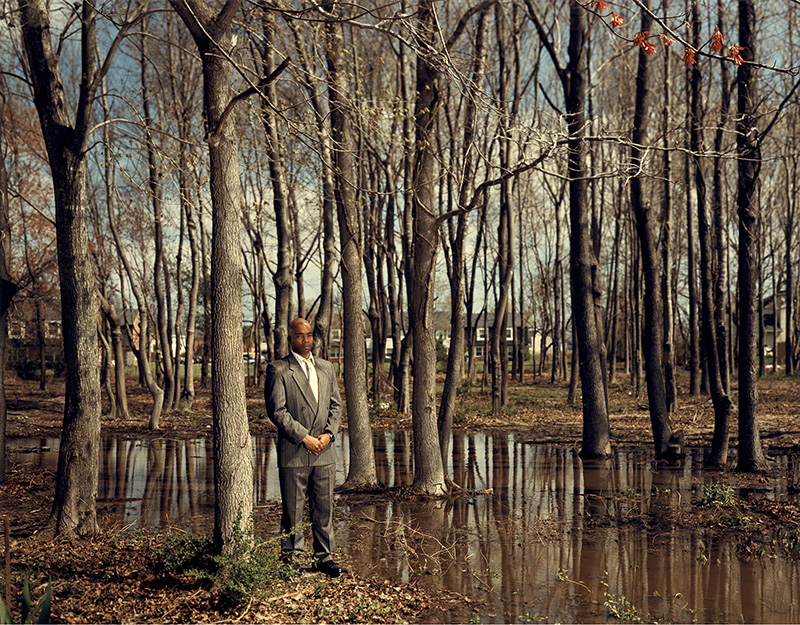 Taryn Simon has constructed an ambitious body of work that is the result of an invisible and rigorous process of research and investigation. Her works combine photography, text, and graphic design, in conceptual projects addressing the production and circulation of knowledge, and the politics of representation. Simon interrogates the power and structure of secrecy and the precarious nature of survival.
Taryn Simon has constructed an ambitious body of work that is the result of an invisible and rigorous process of research and investigation. Her works combine photography, text, and graphic design, in conceptual projects addressing the production and circulation of knowledge, and the politics of representation. Simon interrogates the power and structure of secrecy and the precarious nature of survival.
By Efi Michalarou
Photo: Guild Hall Archive
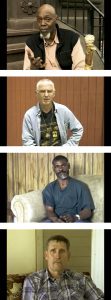
Simon’s earliest body of work, “The Innocents” (2002) that is on presentation at Guild Hall, documents the stories of individuals who served time in prison for violent crimes they did not commit. At issue is the question of photography’s function as a credible eyewitness and arbiter of justice. The primary cause of wrongful conviction is mistaken identification. A victim or eyewitness identifies a suspected perpetrator through law enforcement’s use of photographs and lineups. This procedure relies on the assumption of precise visual memory. But through exposure to composite sketches, mug shots, Polaroids, and lineups, eyewitness memory can change. In the history of these cases, photography offered the criminal-justice system a tool that transformed innocent citizens into criminals. Photographs assisted officers in obtaining eyewitness identifications and aided prosecutors in securing convictions. Simon photographed these men at sites that had particular significance to their illegitimate conviction: the scene of misidentification, the scene of arrest, the scene of the crime, or the scene of the alibi. All of these locations hold contradictory meanings for the subjects. The scene of arrest marks the starting point of a reality based in fiction. The scene of the crime is at once arbitrary and crucial: this place, to which they have never been, changed their lives forever. In these photographs Simon confronts photography’s ability to blur truth and fiction—an ambiguity that can have severe, even lethal, consequences. For the project the artist says “From 2000–02, I traveled across the United States photographing and interviewing men and women convicted of crimes they did not commit. In each case, photography offered the criminal justice system a tool that transformed innocent citizens into criminals, assisted officers in obtaining erroneous eyewitness identifications, and aided prosecutors in securing convictions. The criminal justice system had failed to recognize the limitations of relying on photographic images… This project stresses the cost of ignoring the limitations of photography and minimizing the context in which photographic images are presented. Nowhere are the material effects of ignoring a photograph’s context as profound as in the misidentification that leads to the imprisonment or execution of an innocent person”. Since 1992, close to 350 people have been exonerated by DNA testing in the United States. The “Innocence Project”, associated with New York’s Benjamin N. Cardozo School of Law, provided direct representation or critical assistance in more than half of the cases and has worked to pass more than one hundred state and federal laws to prevent and address wrongful convictions, including in the area of eyewitness identification. The Innocence Project’s use of DNA technology to uncover wrongful convictions has helped to transform the nation’s approach to criminal justice by revealing systematic defects. Simon’s The Innocents serves as a record of the earliest exonerations through DNA evidence in the United States.
Info: Guild Hall, 58 Main Street, East Hampton, New York, Duration: 17/6-30/7/17, Days & Hours: Mon & Fri-Sat 11:00-17:00, Sun 12:00-17:00, www.guildhall.org
